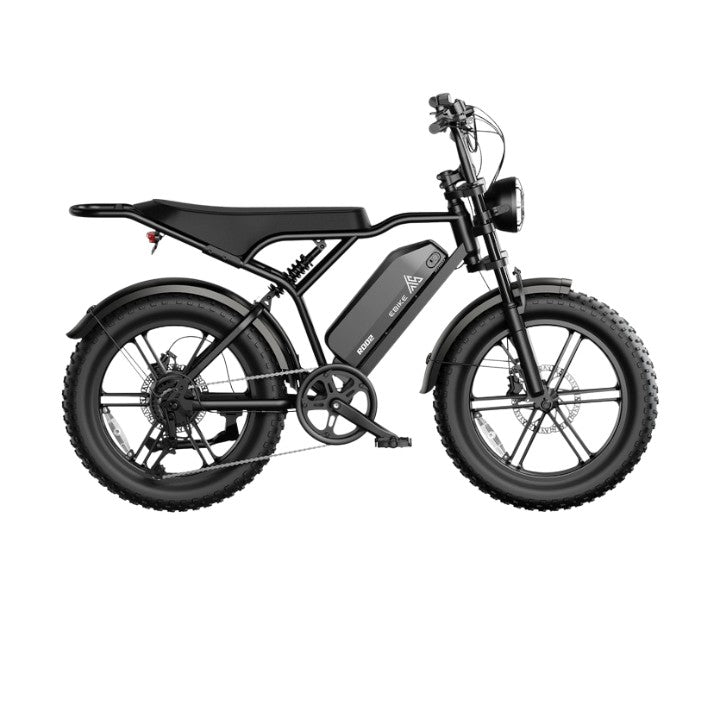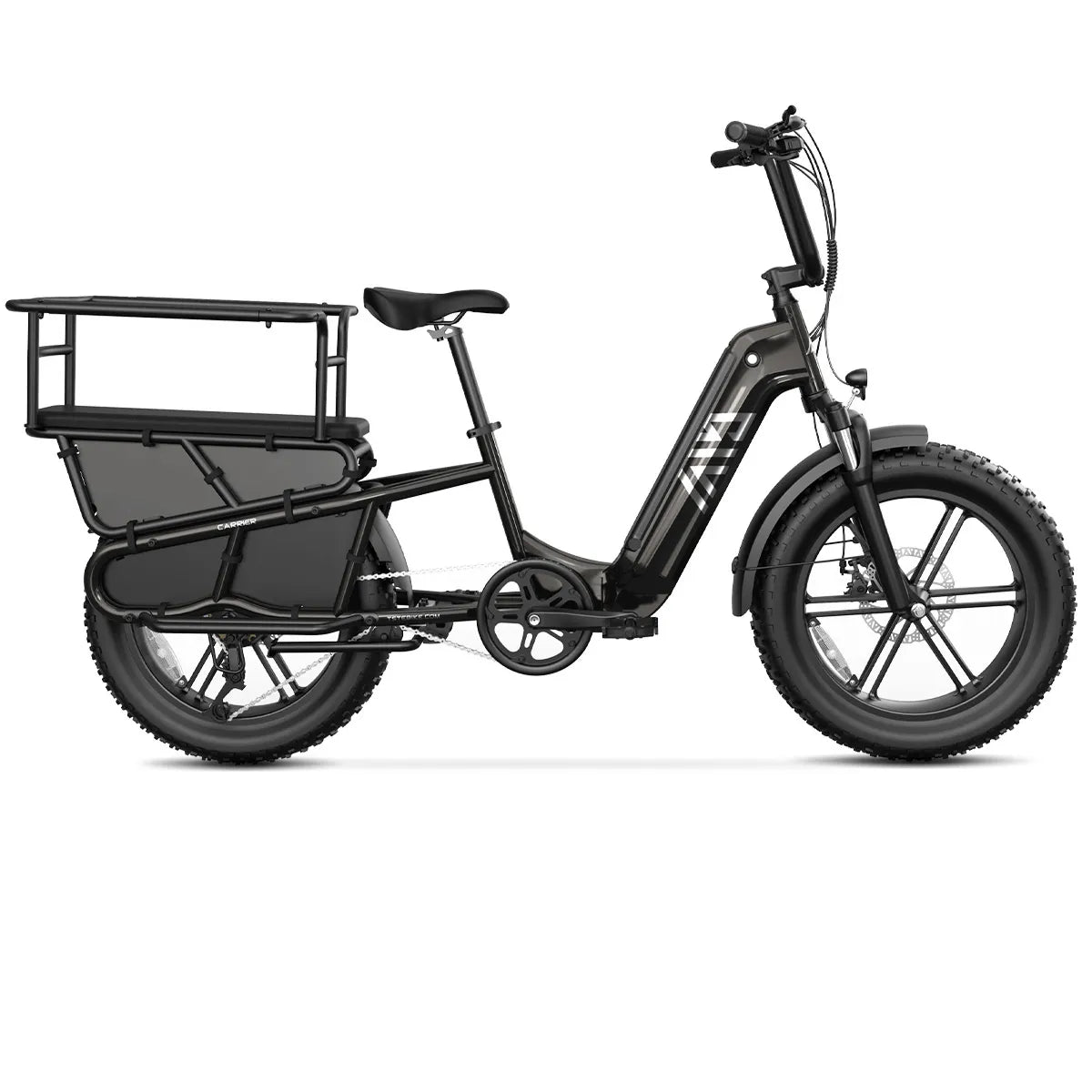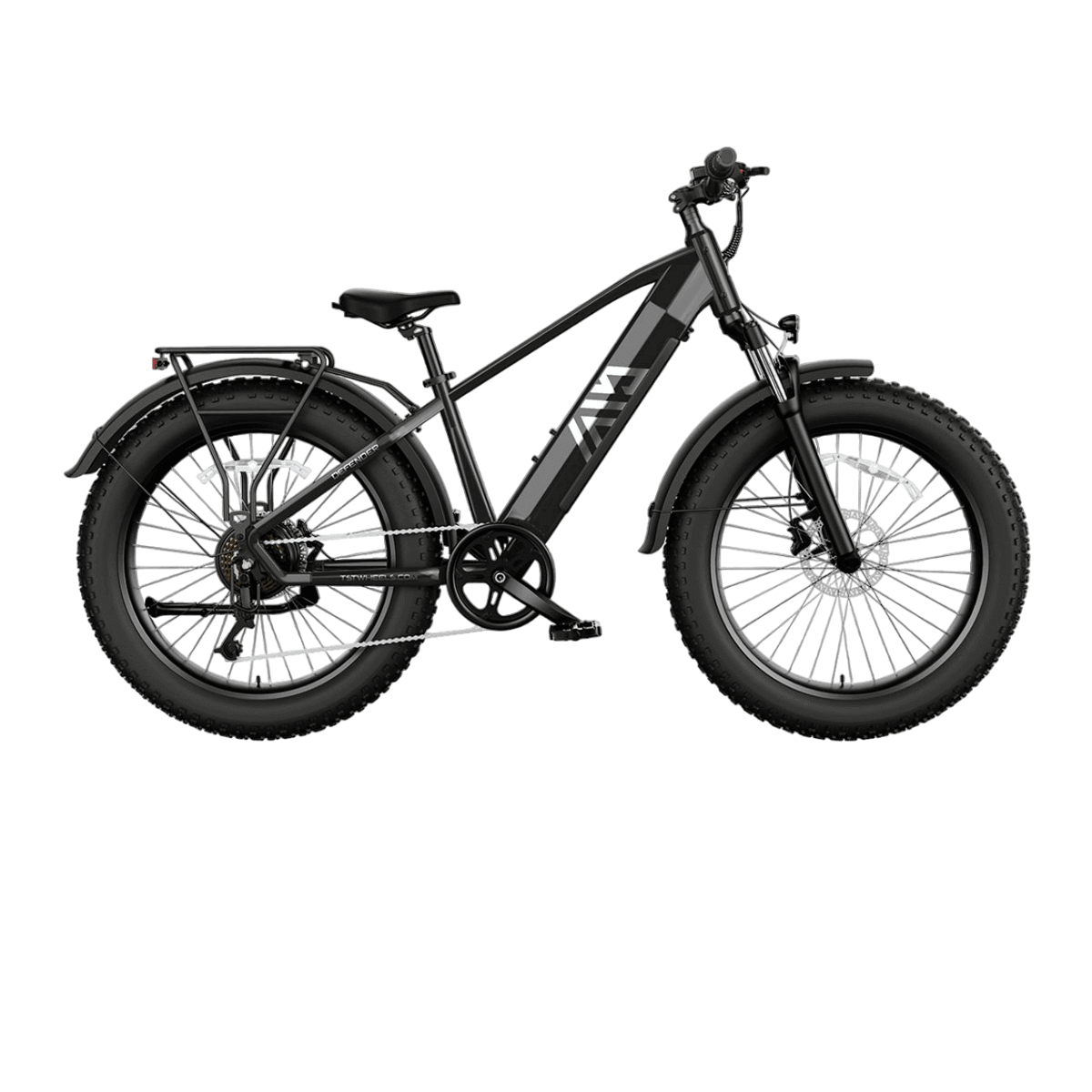Whether you need a license or insurance for a moped-style electric bike depends largely on your location, the bike’s speed, and power. Generally, if the eBike can exceed 20 mph unassisted or 28 mph with pedal assist, or if it falls under the classification of a motor vehicle or moped, a license and insurance are often required. However, many states exempt slower eBikes from these requirements, allowing riders to operate them without licensing or insurance.
What Are the Licensing Requirements for Moped-Style Electric Bikes?
Licensing requirements for moped-style e-bikes vary by state and depend on motor power and speed. Many states require a Class M2 license for mopeds not exceeding 30 mph, while e-bikes under 750W and capped at 20–28 mph often need no special license beyond a regular driver’s license. Some states treat mopeds as motorcycles, requiring endorsements.
Licensing requirements vary by state and depend on the eBike’s classification:
- Class M1 License: Required for electric motorcycles, including high-powered mopeds and scooters.
- Class M2 License: Permits riding mopeds and motorized bicycles not exceeding 30 mph.
- No License Needed: Many states allow eBikes with motors under 750W and speeds capped at 20-28 mph to be ridden without a license.
Some states like Arizona do not require a license for eBikes under certain speed limits, while others like New Jersey and Hawaii have stricter rules requiring licenses or registration.
When Is Insurance Required for Moped-Style Electric Bikes?
Insurance requirements also differ by jurisdiction. Mopeds classified as motor vehicles often require liability insurance similar to motorcycles. In contrast, many low-speed eBikes do not require insurance. For example, in Arizona, mopeds must be insured and registered, but electric bikes under certain power and speed limits do not.
Insurance protects riders financially in case of accidents or damage, and some states mandate it for mopeds or faster eBikes.
How Do State Laws Differ Regarding Licensing and Insurance?
State laws differ widely: some require moped registration, insurance, and licenses similar to motorcycles, while others exempt low-speed e-bikes from these rules. For example, Arizona mandates insurance and registration for mopeds but not for standard e-bikes under 750W. States like New Jersey and Hawaii may require registration and licensing for faster e-bikes or mopeds.
State laws vary widely:
| State | License Required? | Insurance Required? | Registration Required? |
|---|---|---|---|
| Arizona | Yes for mopeds >25 mph | Yes for mopeds | Yes for mopeds |
| California | No for Class 1 & 2 eBikes | No for Class 1 & 2 eBikes | No for Class 1 & 2 eBikes |
| New Jersey | Yes for Class 3 eBikes | Yes | Yes |
| Kentucky | No | No | No |
Always consult local DMV or transportation authorities for precise rules.
What Are the Consequences of Riding Without Proper Licensing or Insurance?
Riding a moped-style e-bike without proper licensing or insurance can lead to fines, legal penalties, vehicle impoundment, and increased liability in accidents. Lack of insurance leaves riders financially vulnerable. Enforcement varies but can include citations or confiscation, emphasizing the importance of compliance with local laws for safety and legal protection.
Riding a moped-style electric bike without the required license or insurance can lead to fines, vehicle impoundment, and legal liabilities. Penalties vary but may include:
- Monetary fines ranging from $100 to $1,500
- License points or suspension
- Possible detention or court appearances
- Increased liability in accidents without insurance coverage
Can I Ride a Moped-Style eBike Without a License if It Has Pedals?
If the moped-style eBike meets the definition of a motorized bicycle with pedals and limited motor power (typically under 750W and speed capped at 20 mph unassisted), many states exempt it from licensing. However, exceeding these limits may reclassify the vehicle as a moped or motorcycle, requiring proper licensing and insurance.
How Do I Obtain a License for a Moped-Style Electric Bike?
To obtain a license, typically you must have a valid driver’s license, pass a vision test, and sometimes complete a motorcycle safety course. Requirements vary by state and may include written and practical exams specific to moped or motorcycle operation. Contact your local Department of Motor Vehicles for exact licensing procedures and necessary documentation.
Obtaining a license usually involves:
- Holding a valid driver’s license
- Passing a vision test
- Completing a motorcycle safety course (in some states)
- Passing written and practical exams specific to motorcycle or moped operation
Licensing processes vary by state and vehicle classification.
Buying Tips
When purchasing a moped-style electric bike, check your local laws regarding licensing, insurance, and registration to ensure compliance. Choose models that clearly state their classification and speed limits. Consider insurance options even if not legally required for added protection. Verify that you understand the licensing process if your eBike exceeds local speed or power thresholds. Prioritize safety features and manufacturer support to ensure a reliable and legal riding experience.
TST EBike Expert Views
“TST EBike’s focus on high-power, cost-effective electric bikes means riders must be aware of local regulations,” an expert notes. “Understanding licensing and insurance requirements is crucial, as these vary widely. TST’s commitment to consumer feedback helps ensure their eBikes meet legal standards while delivering performance and safety.”
Frequently Asked Questions
Q: Do all moped-style eBikes require a license?
A: No, only those exceeding certain speed or power limits generally require a license.
Q: Is insurance mandatory for all moped-style eBikes?
A: Insurance is usually required for mopeds classified as motor vehicles but not for low-speed eBikes.
Q: Can I ride my moped-style eBike without registration?
A: Registration is required in some states for mopeds but often not for slower eBikes.
Q: What happens if I ride without a license or insurance?
A: You may face fines, legal penalties, and increased liability in accidents.
Q: How do I know if my eBike needs a license?
A: Check local laws and your bike’s power and speed specifications.
Q: Are pedals required to avoid licensing?
A: Pedals can help classify an eBike as a motorized bicycle exempt from licensing if other criteria are met.
Can I ride an electric bike without a license?
In most U.S. states, you do not need a license to ride Class 1 or Class 2 e-bikes, which assist up to 20 mph. However, Class 3 e-bikes, which assist up to 28 mph, may require a license, helmet, or age restrictions depending on the state. Always check local laws for specifics.
Do You Need A License To Drive An Electric Bike In California?
No license is required to ride Class 1 and Class 2 e-bikes in California. For Class 3 e-bikes (pedal assist up to 28 mph), riders must be at least 16 and wear helmets, but no driver’s license or registration is needed.
Do You Need Insurance For Electric Bikes In The UK?
In the UK, standard e-bikes that comply with pedal-assist and speed limits (250W motor max, 15.5 mph max speed) do not require insurance. However, insurance may be recommended for theft or liability protection.
Do You Need Insurance For An Electric Scooter?
Most electric scooters do not require insurance in many regions if they meet local regulations for power and speed. However, insurance may be advisable to cover damage or liability, especially on public roads.
Are Electric Motorcycles Street Legal In California?
Electric motorcycles are street legal if they meet DMV regulations including registration, licensing, insurance, and safety standards. They are treated as motor vehicles, which differs from many e-bike laws.
Do You Need A License For An Electric Bike?
Generally no license is needed for Class 1 and 2 e-bikes in the U.S. Class 3 may require one in specific states. Always verify your local and state laws to ensure compliance.
Do You Need A License Plate For An Electric Bike?
Most Class 1 and 2 e-bikes in the U.S. do not require license plates. Some states may require plates or registration for faster or more powerful models like Class 3 or electric motorcycles.
What Is E Bike Insurance And Why Is It Needed?
E-Bike insurance covers theft, damage, and third-party liability. It protects against financial loss and can be especially valuable for high-end or frequently used e-bikes. Coverage varies, but is optional in many areas.
What Are The Class 3 Electric Bike Laws In California?
Class 3 e-bikes in California must have pedal assist only, a top assist speed of 28 mph, and motors up to 750W. Riders must be at least 16, wear helmets, and helmets are mandatory. No license or registration is required.





Leave a comment
All comments are moderated before being published.
This site is protected by hCaptcha and the hCaptcha Privacy Policy and Terms of Service apply.